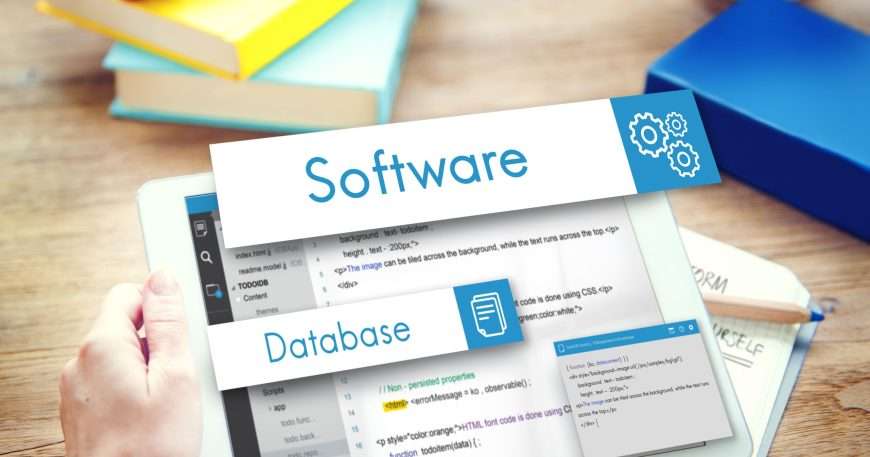In today’s competitive job market, attracting and retaining top talent is a priority for every organization. One way to achieve this is by personalizing your Human Resource Management System (HRMS) to meet the unique needs and preferences of your employees. By customizing your HRMS, you can enhance employee satisfaction, engagement, and overall productivity. Here are some key steps to personalize your HRMS effectively:

Step 1: Understand Your Employees’ Needs
The first step in personalizing your HRMS is to understand the specific needs and preferences of your employees. Conduct surveys, interviews, or focus groups to gather feedback on what features and functionalities they would like to see in the HRMS. This information will serve as the foundation for customizing your system to align with their expectations.
Step 2: Tailor Self-Service Modules
One of the most effective ways to personalize your HRMS is by customizing the self-service modules. Allow employees to update their personal information, manage benefits, and request time-off through the system. Tailor these modules to reflect your company’s unique policies, procedures, and branding. This empowers employees to take control of their HR-related tasks, leading to increased satisfaction and efficiency.
Step 3: Enable Mobile Accessibility
In today’s mobile-driven world, employees expect to access information and perform tasks on the go. Customize your HRMS to enable mobile accessibility, allowing employees to access their HR information through smartphones or tablets. This flexibility improves the user experience and ensures that essential HR functions are available whenever and wherever employees need them.
Step 4: Integrate Performance Management Tools
To further personalize your HRMS, consider integrating performance management tools. This allows employees and managers to set goals, track progress, and provide feedback within the system. By aligning performance management with the HRMS, you create a seamless experience for employees and ensure that performance metrics are easily accessible and transparent.
Step 5: Provide Training and Support
Successfully personalizing your HRMS requires thorough training and ongoing support for employees. Provide comprehensive training on how to navigate and utilize the system’s customized features effectively. Additionally, establish a dedicated support team to address any questions or issues that arise. This ensures that employees feel confident and supported when using the personalized HRMS.
Step 6: Continuously Gather Feedback
Personalization is an ongoing process. Regularly gather feedback from employees to assess the effectiveness of the personalized HRMS. Use surveys, suggestion boxes, or focus groups to collect insights on how the system can further be customized and improved. Actively listening to employee feedback demonstrates an organization’s commitment to their satisfaction and helps drive continuous improvement.
Conclusion
Personalizing your HRMS can significantly improve employee satisfaction by providing a tailored and seamless experience. By understanding your employees’ needs, customizing self-service modules, enabling mobile accessibility, integrating performance management tools, providing training and support, and continuously gathering feedback, you can create an HRMS that truly empowers and engages your workforce. Investing in personalization will not only lead to higher employee satisfaction but also positively impact overall organizational success.




